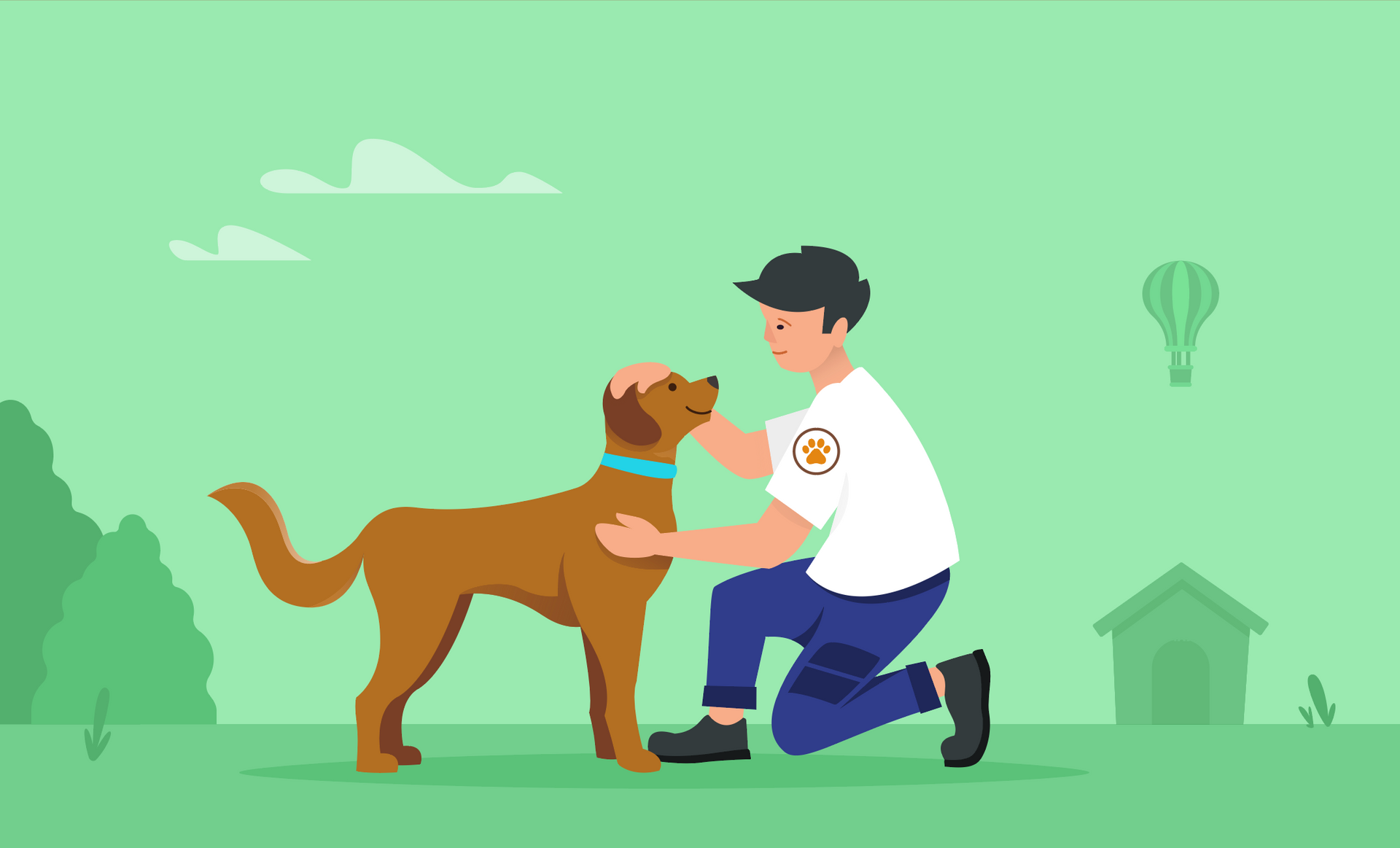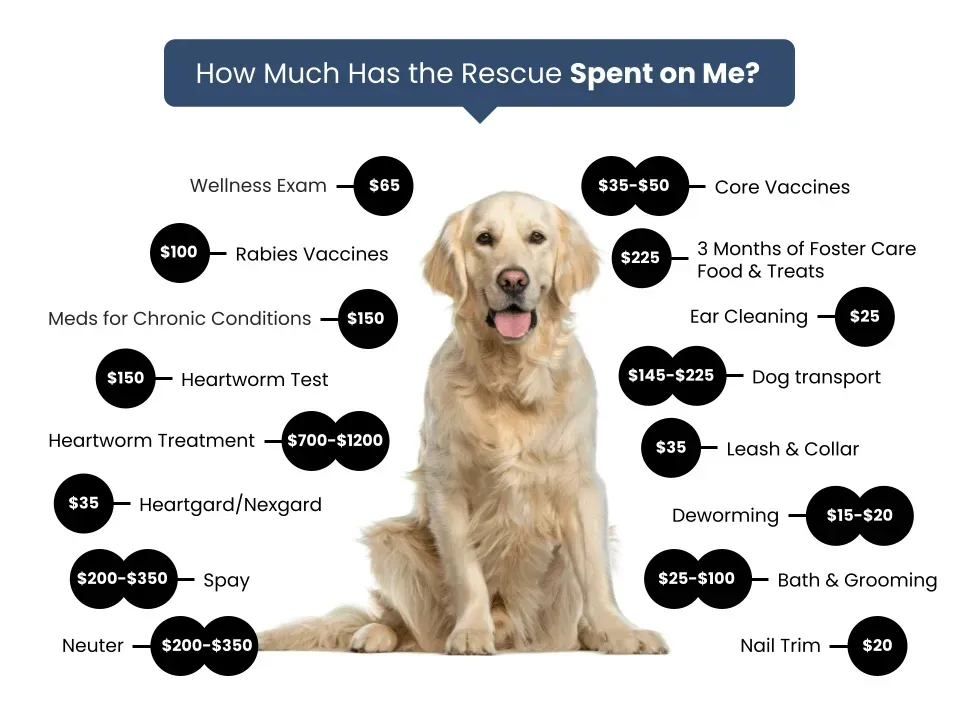Fear Verses Aggression-Know the Difference
Dog aggressive behavior and fear behavior can sometimes look similar but are driven by different emotions and motivations. With professional assistance issues can be corrected or controlled. Understanding the distinction is crucial for addressing and managing these behaviors effectively.
Aggressive Behavior
- Motivation: Typically stems from a dog’s desire to assert dominance, protect territory, or respond to perceived threats. It can be a proactive stance to establish control or dominance.
- Signs: Growling, snarling, snapping, lunging, and biting. Aggressive behavior is often accompanied by a stiff body posture, direct eye contact, and a raised tail. The dog may show signs of frustration or anger.
- Context: Aggression often occurs in situations where the dog feels challenged or threatened, but the behavior is more about asserting control rather than retreating or avoiding.
- Examples: Territorial aggression, possessive aggression (e.g., over food or toys), and social aggression (e.g., towards unfamiliar dogs or people).
Fear Behavior
- Motivation: Driven by a dog’s desire to avoid a perceived threat or danger. Fearful behavior is a reaction to something the dog finds frightening or threatening.
- Signs: Cowering, trembling, panting, hiding, and avoiding eye contact. The dog may also tuck its tail, try to make itself small, or try to escape from the situation.
- Context: Fear behavior usually happens when the dog is exposed to something it finds frightening or overwhelming. It’s often more about avoidance and self-protection rather than confrontation.
- Examples: Fear of loud noises, new environments, unfamiliar people or animals, and other stress-inducing situations.
Key Differences
- Emotional Drive: Aggression is often about control or dominance, while fear is about avoidance and self-preservation.
- Body Language: Aggressive dogs might appear more rigid and confrontational, whereas fearful dogs often display submissive or anxious body language.
- Response Strategy: Aggressive behavior involves confronting or challenging the perceived threat, while fear behavior involves retreating or avoiding it.
In practice, a dog might exhibit both fear and aggression in different contexts or even simultaneously. For example, a dog might become aggressive if it feels cornered and cannot escape, indicating that fear is underlying the aggression.
Properly addressing these behaviors typically involves understanding the root cause and working with a professional trainer or behaviorist to implement a management and training plan tailored to the dog’s specific needs.

New Paragraph



